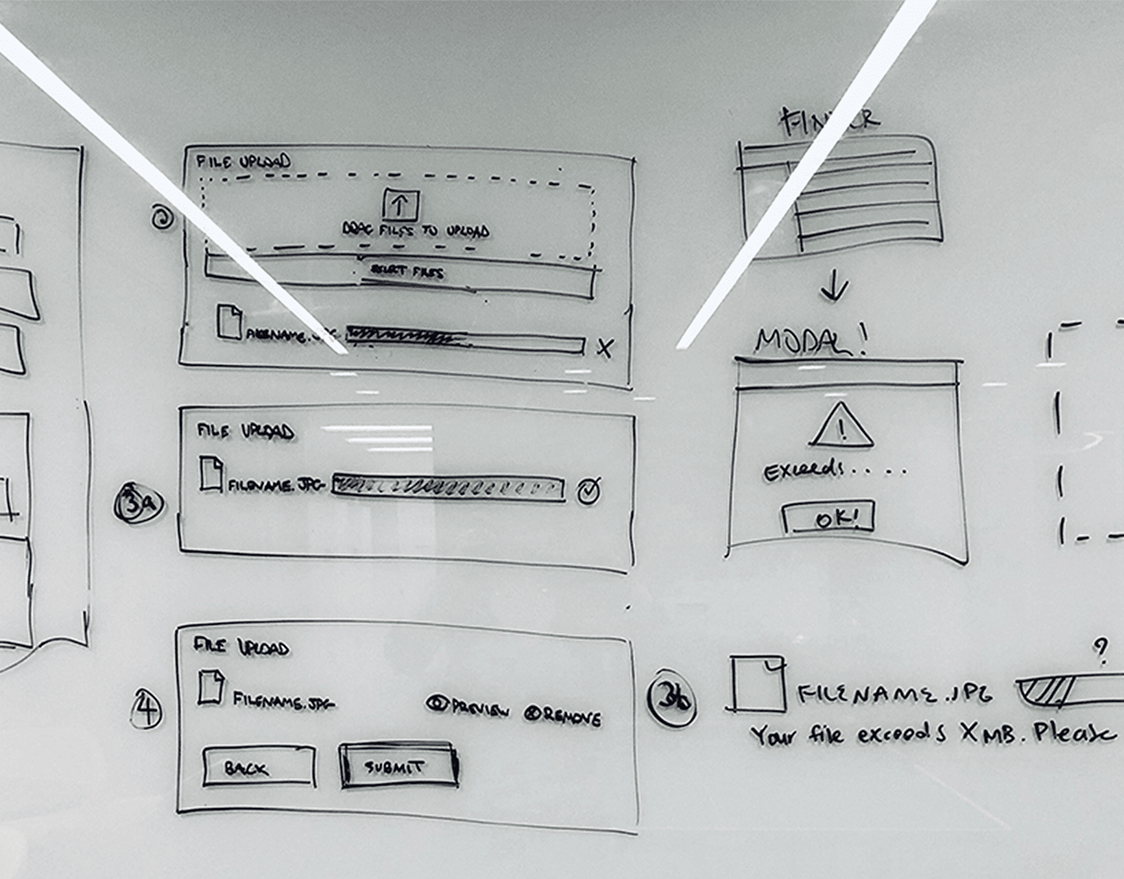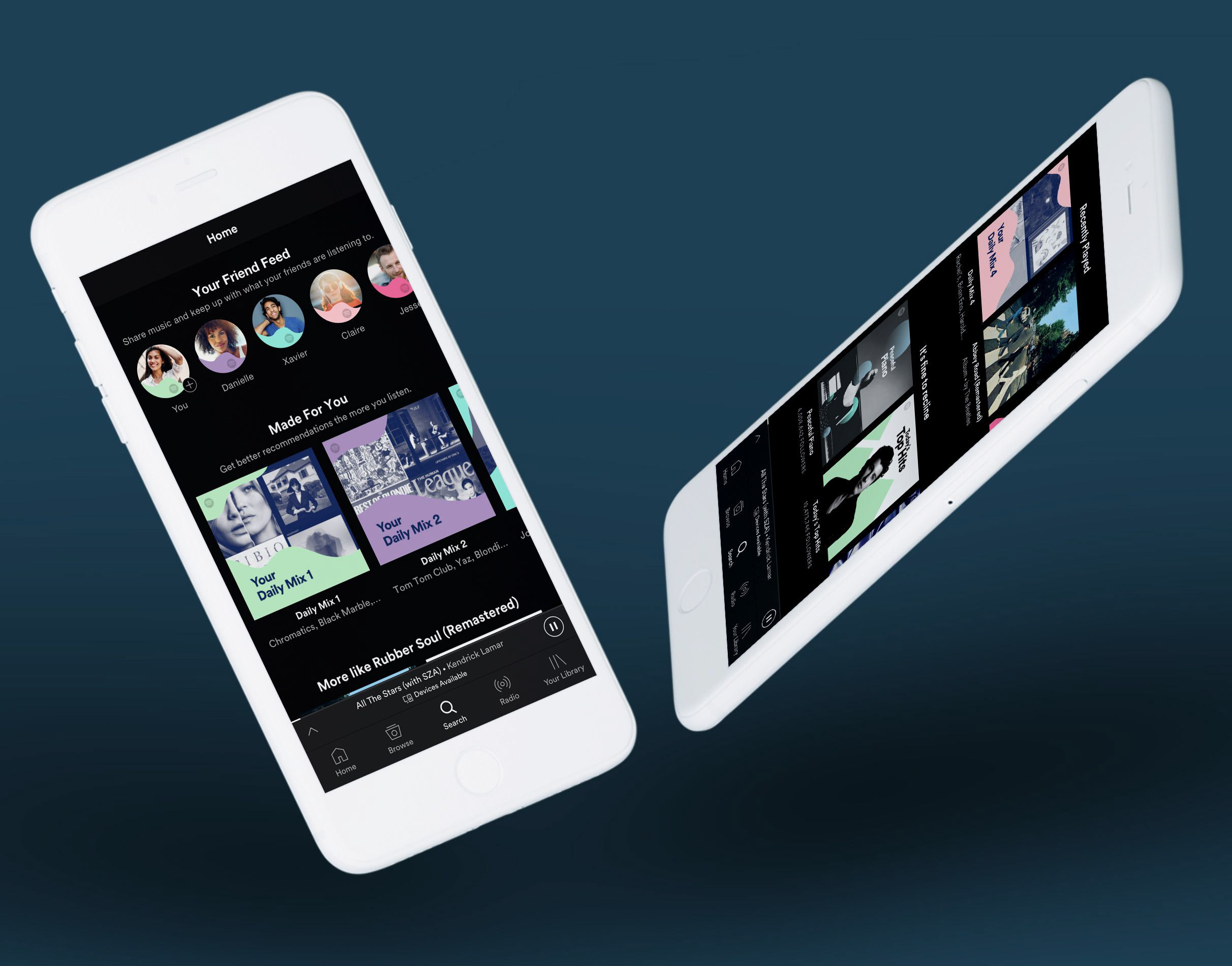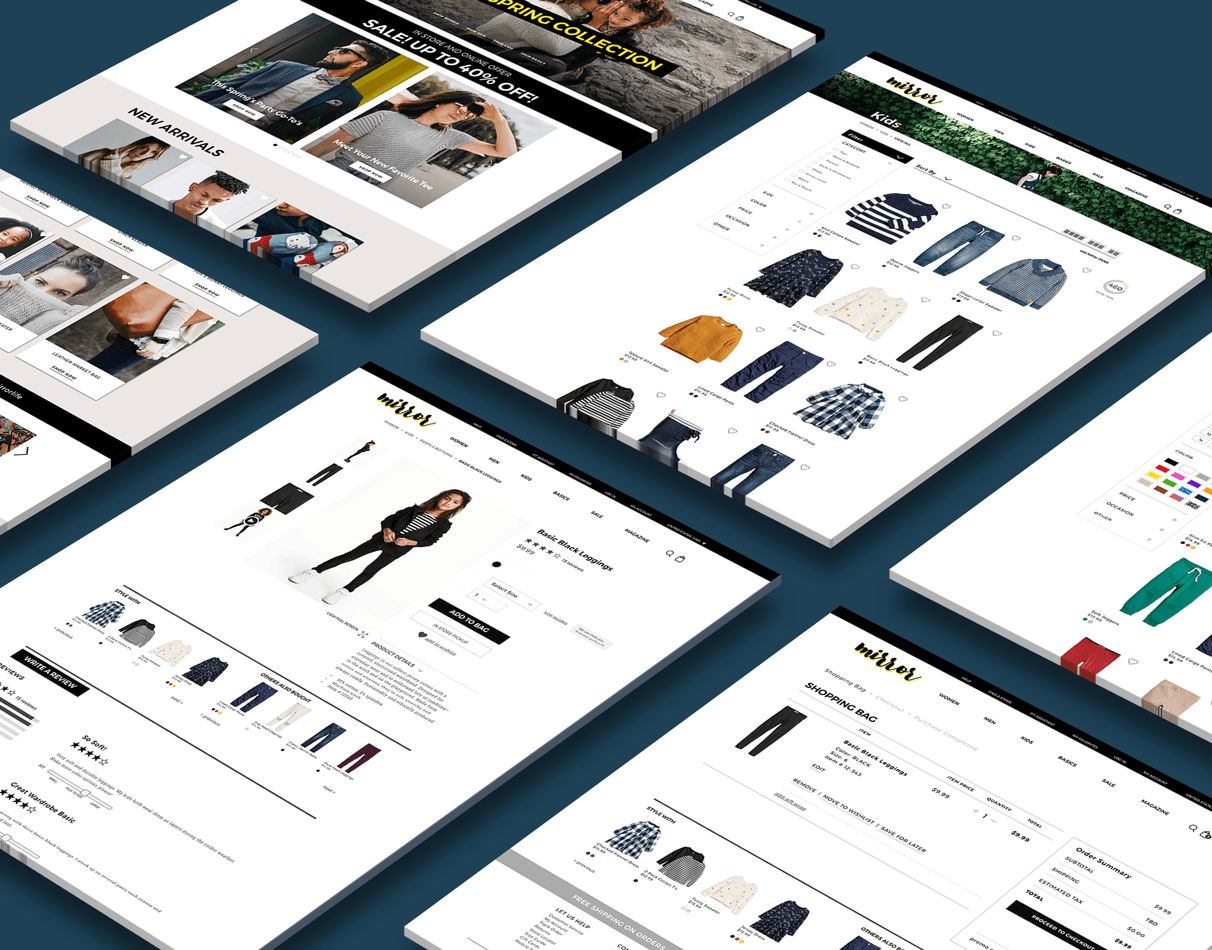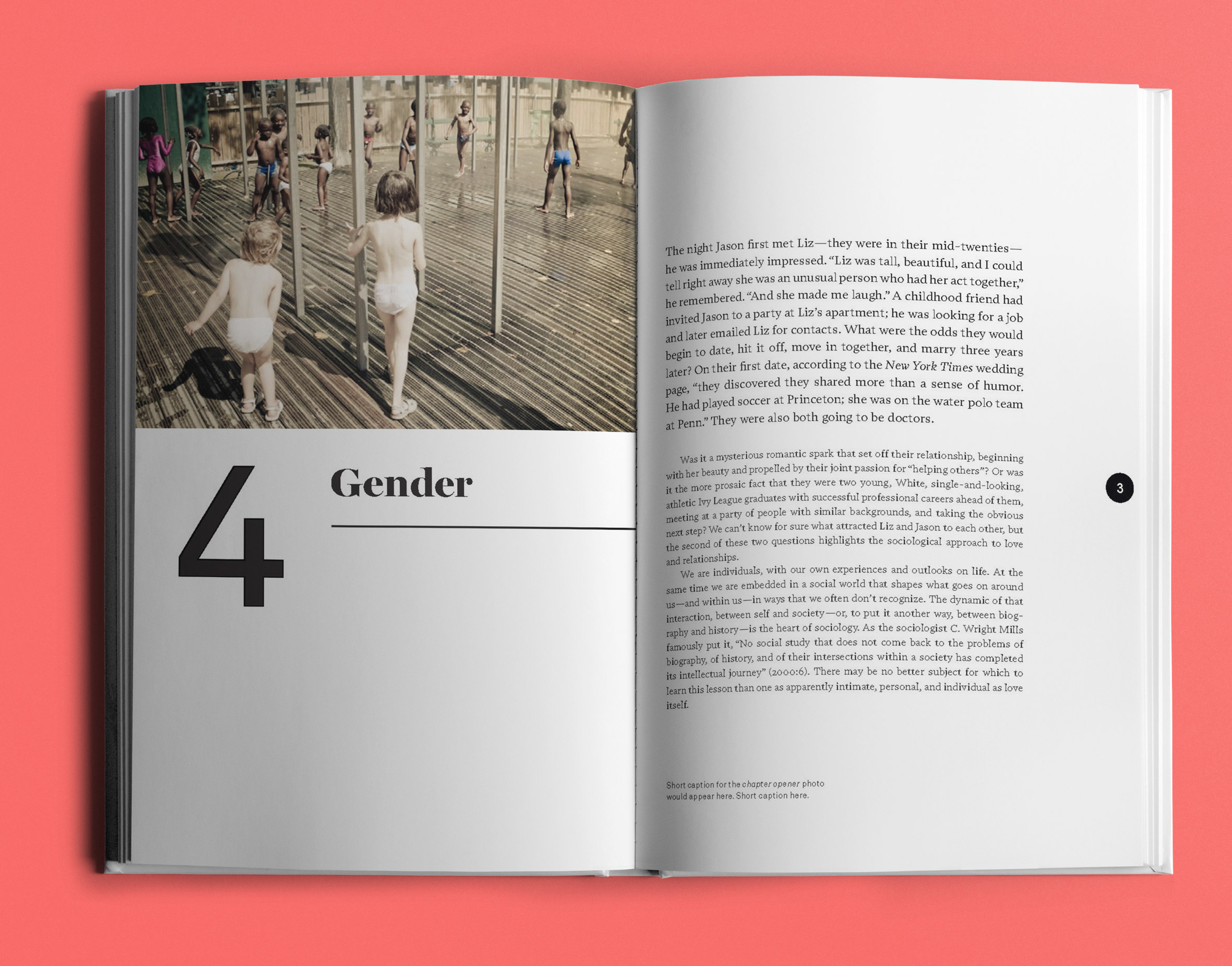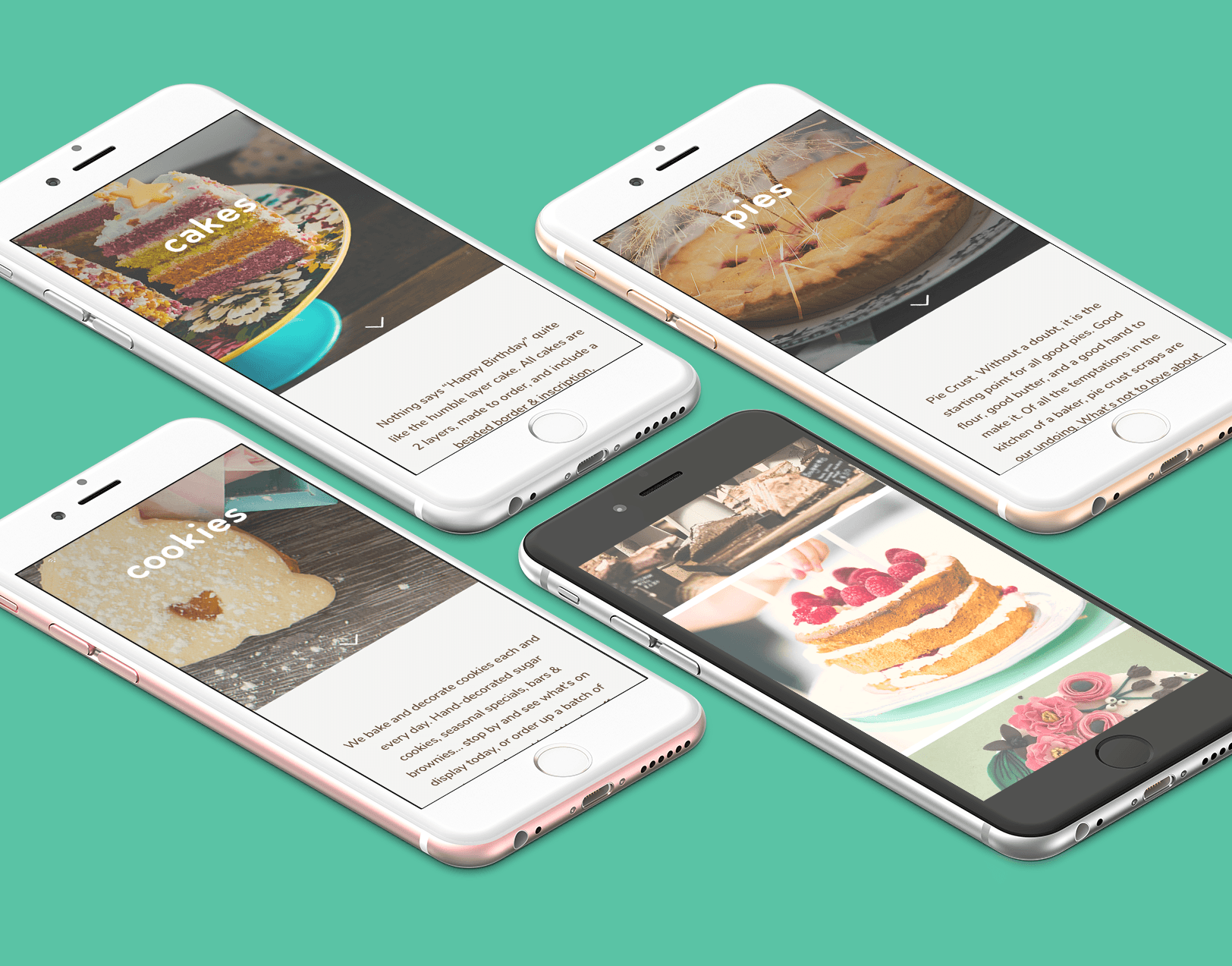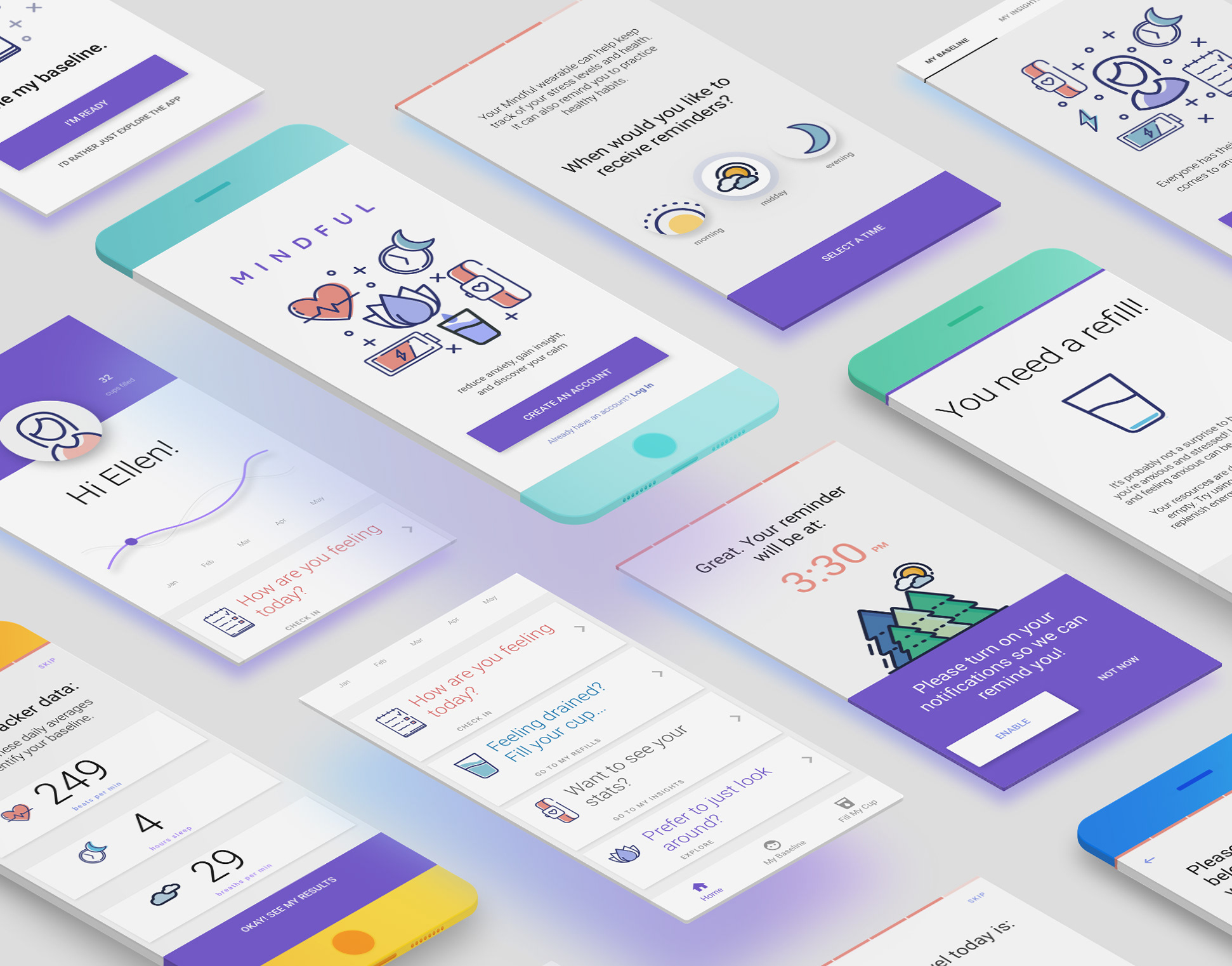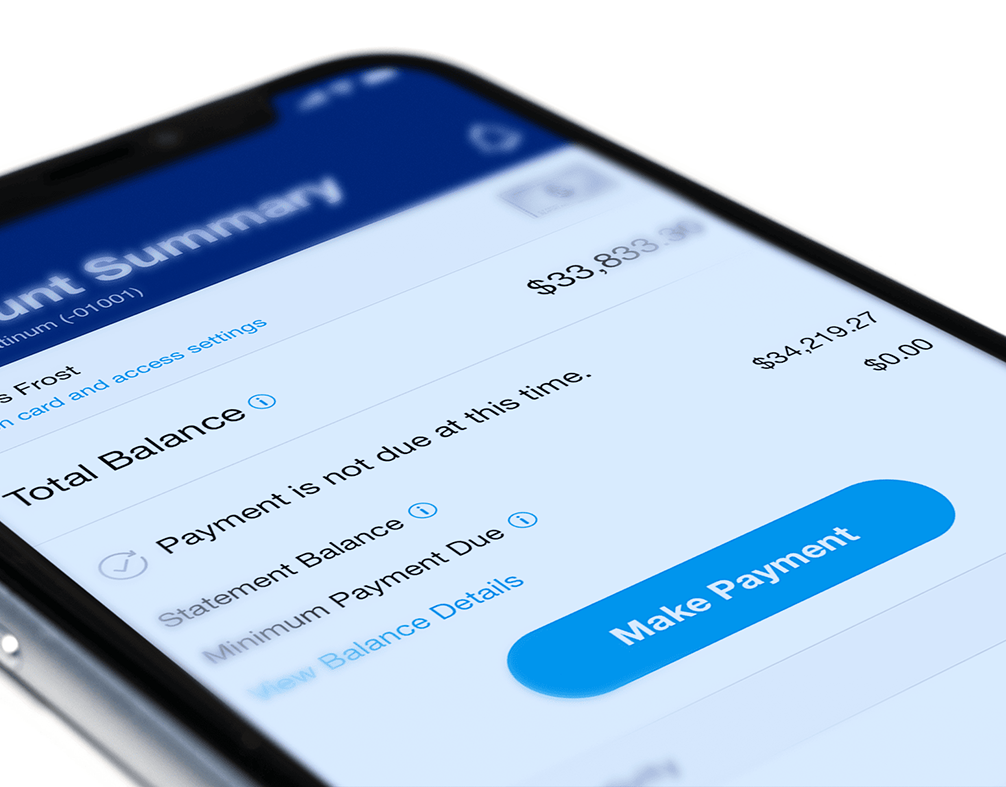Designing a B2B Pipeline: Amex's Payee Experience
RESEARCH + DISCOVERY | DEFINITION, IDEATION + STRATEGY | PROTOTYPE | TEST | ITERATE
ROLE: proDUCT Design LEAD
PROJECT TEAM: UXDR Team (2 PRODUCT DESIGNERS, 1 DESIGN MANAGER, 1 UX RESEARCHER), PRODUCT team (product owner, TECHNICAL product manager) + engineering team (consult capacity)
CLIENT: AMERICAN EXPRESS
TIMELINE: 7 MONTHS
TIMELINE: 7 MONTHS
THE PROBLEM
Recipients of American Express B2B payments had to go through incredibly inefficient, repetitive steps to process payments. Their experience was full of friction and inefficiencies, and it was clear they'd been treated as an afterthought. We had an opportunity to change this by defining a holistic future-state experience while simultaneously identifying immediate ways to improve the payee experience by making it easier to view and manage payments in one convenient location. On the business side, this created a chance to bring payees into the lead pipeline. THE OUTCOME
A better immediate experience and a funnel for a new set of Amex customers. The user-validated vision prototype and strategy served as the "North Star" for the initiative's tactical execution. And more immediately, the MVP experience we launched provided suppliers with essential tools to manage payment preferences and view incoming Amex payments, significantly improving payee efficiency. This enhanced perceptions of American Express as a payments provider and created opportunities for suppliers to deepen their relationships with Amex. By giving payees a reason to create accounts, we captured them as leads, opened cross-sell opportunities, and transitioned them from payment recipients to potential Amex B2B payment and loan customers.RESEARCH + DISCOVERY
Tools used: RESEARCH AUDIT, EXPERIENCE MAPPING, STAKEHOLDER INTERVIEWS, USER INTERVIEWS
Who Are We Designing For?
To begin, we needed to find out more about who we were designing for. Who were these payees (aka suppliers)? What was their current experience with receiving payments, both from Amex and from other sources? What tools did they use? What worked well for them and what were their pain points and frustrations? We also needed to understand the business priorities, current state experiences, and existing research that had been done to this point at Amex.
We began by reviewing prior research conducted by individual product teams, sifting through it in order to sort out relevant information. While this gave excellent context from a product-specific viewpoint, we found we needed more information when it came to suppliers as a user group. It was important to gain insight on their workflows, motivations, goals, and pain points in order to craft an experience that would feel useful and relevant to them.
Mapping Current Experiences
We conducted product walkthroughs and interviews with stakeholders from the four different payment products slated to be included in the future-state experience, then mapped current supplier payment experiences with individual Amex payment products. Doing so helped identify overlaps, similarities and distinctions among various product payment flows, informing our work towards a unified vision that meets product-specific needs.
Key Questions Remained
At this stage, my design partner and I listed what we knew and what we still needed to find out. Some key questions emerged:
1) What are the details and variants within the workflows of suppliers who have responsibilities managing orders, issuing invoices, and managing payments?
2) What are suppliers’ pain points / needs / wants / expectations?
3) What’s the range in size / amount / frequency of payment(s) they receive?
4) What other tools (digital or physical) do they currently use to get paid?
5) What features do they expect based on their experience with other products that allow them to be paid... both personal (i.e., Venmo) and business?
6) What workarounds might they have?
To answer these questions, we knew we needed to hear directly from suppliers.
User Interviews with Suppliers
We interviewed a select group of small to mid-sized suppliers. These provided insight into their workflows, tools of preference, and pain points.
We were especially interested in focusing on the latter part of their workflow-- payment and reconciliation-- since that’s where our products’ touchpoints currently come in. We found that there are a very large number of tools in use, and people are further customizing their use of those tools according to their business model and needs. Workflows also varied a lot. Some were very automated, digital and consistent-- essentially on auto-pilot. Others were manual, paper-based, and inconsistent (there’s a busy season; business ebbs and flows). The only consistency we found was the inconsistency across workflows and tool use.
Understanding this was key to the way we approached our designs.
Identifying Shared Goals
Having a better understanding of the needs, goals, workflows and motivations of our users, we summarized them and compared them alongside the business goals. Identifying the distinctions and overlap helped us hone in on the area of opportunity. This is where we aimed to focus our design efforts.
We summarized our area of opportunity:
To improve the efficiency of a supplier's workflow and centralize the many touchpoints and contacts with Amex, so that we'll be viewed as a valued partner and resource for their business needs.
DefiniTION, IDEATION + STRATEGY
Tools used: HMW STATEMENTS, PROBLEM-FRAMING, BRAINSTORMING + PENCIL SKETCHING
How Might We...
Informed by the findings of our supplier interview research, we reframed problems as How Might We (HMW) questions. We brainstormed solutions individually and then shared our ideas, dot voting to prioritize those that we believed were strongest and most viable.
We took the top-voted feature concepts forward and began low-fidelity sketching to explore how each concept might take shape as a component or feature within a supplier portal experience.
Finding Focus
As we created a framework for what this concept would actually be, we prioritized 5 main topics that we wanted to focus our exploration on:
•. General Supplier Expectations
•. Reconciliation
•. Contextual Cross-Sell Offers
•. Integration with Accounting Systems
•. Data Sharing
Brainstorming + Ideation
Taking the sketching into digital form and going through several rounds of iteration, we moved the concepts into a high-fidelity prototype in preparation for concept testing.
ProTOTYPING + CONCEPT TESTING
Tools used: User flow mapPING, wireframing in sketch, prototyping in invision,
Hypotheses
Moving into testing, we brought 3 assumption/hypotheses forward:
1) Suppliers aren’t concerned with the method of payment; they are simply concerned with being paid (on time).
2) Suppliers understand their cashflow; their problem lies within obtaining cash on hand when they need it.
3) Suppliers will find integration with their existing accounting systems and financial data useful and necessary.
Concept Testing
Working with Ipsos, we conducted interviews with 7 participants as they interacted with and provided feedback on an early iteration of a desktop prototype. The interviews were 60 minutes in duration and facilitated remotely. Users were taken through an end-to-end customer journey where they first experienced a non-integrated UI followed by an integrated UI.
Findings + Recommendations
We summarized findings and recommendations within our five themes of focus.
We also noted the perceptions and attitudes of participants. We found that:
• Integrations have the potential to reduce labor-intensive tasks, but the seamlessness of integrating is a concern.
• Data security is a worry, but trust in the American Express brand eases security concerns.
• PayDay was perceived as an AR (Accounts Receivable) management tool that works in tandem with main financial software and ERPs (Enterprise Resource Planning software).
• The consolidated data view was well received, but its usefulness was perceived as dependent on preference and current process.
• The UI design helps the tasks of comparing data sources and identifying discrepancies when reconciling.
• PayDay concept addressed many user pain-points, but there was still uncertainty on how it might fit into users' current processes.
NEXT STEPS + takeaways
Having presented our process and findings to stakeholders, we outlined the following recommendations:
• Identify and prioritize components that are usable and useful to all suppliers, whether they choose to integrate with API’s or simply access their payment info without integrations.
• Better identify/understand where AMEX can be integrated into user workflows/systems so we can be viewed as a valued business partner.
• Move from POA to MVP by iterating on concepts, considering more of the micro-components and features that we will then validate/invalidate hypotheses via additional testing.
• Gauge partnership viability by exploring API integrations.
• Ensure we have a technical foundation to funnel separate payment product capabilities into one unified UX/UI.
• Consider what UX metrics will be used to measure the quality of user experience and how these will align on a product-specific level as well as for the unified experience.
Final Thoughts + Takeaways
User behaviors and habits are hard to break. As our research findings uncovered, suppliers’ workflows are extremely varied and contextual. With workflows highly specific to their businesses, suppliers are unlikely to make major changes to their existing processes and tools.
Because of this, we determined it vital to create an experience that meets people where they are, providing a variety of options and levels of integration to suppliers. Doing so will encourage engagement and help establish a relationship with suppliers, increasing the probability that they will sustain and deepen their relationship with American Express.
Business Impact
Since working on this engagement, two of four payment products’ digital experiences have been uplifted and released to align with the portal, and the portal MVP experience has launched. Through these tactical engagements, the portal experience is continuing to be expanded as resourcing for additional product uplifts and expanded experiences becomes available. Throughout, the vision work we’ve done has continued to be referenced as the “North Star” for alignment across all teams. Within those experiences, API integrations are being offered where appropriate, and additional iteration and validation of features and flows via user testing is happening on a product-specific level.



